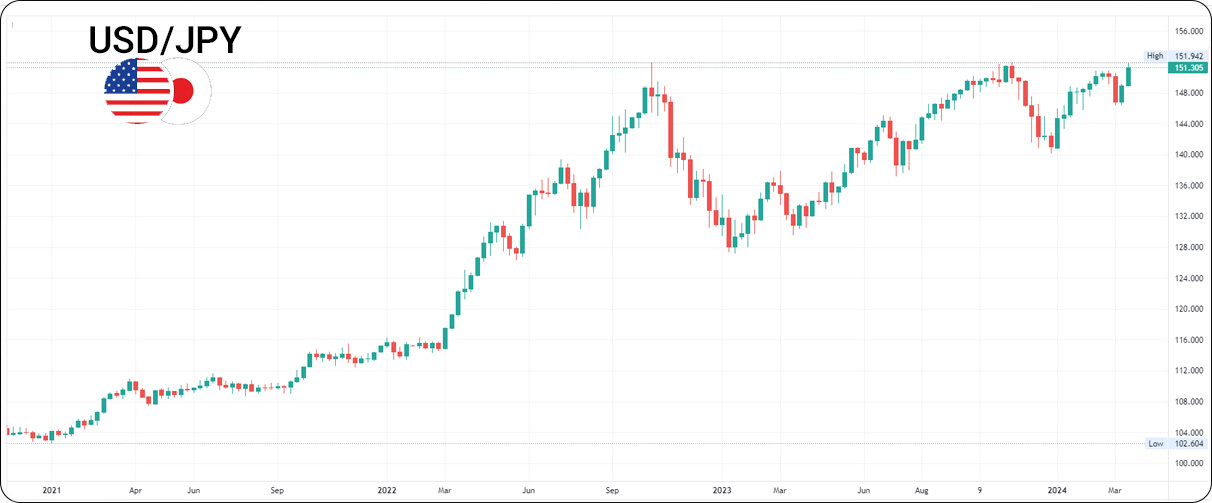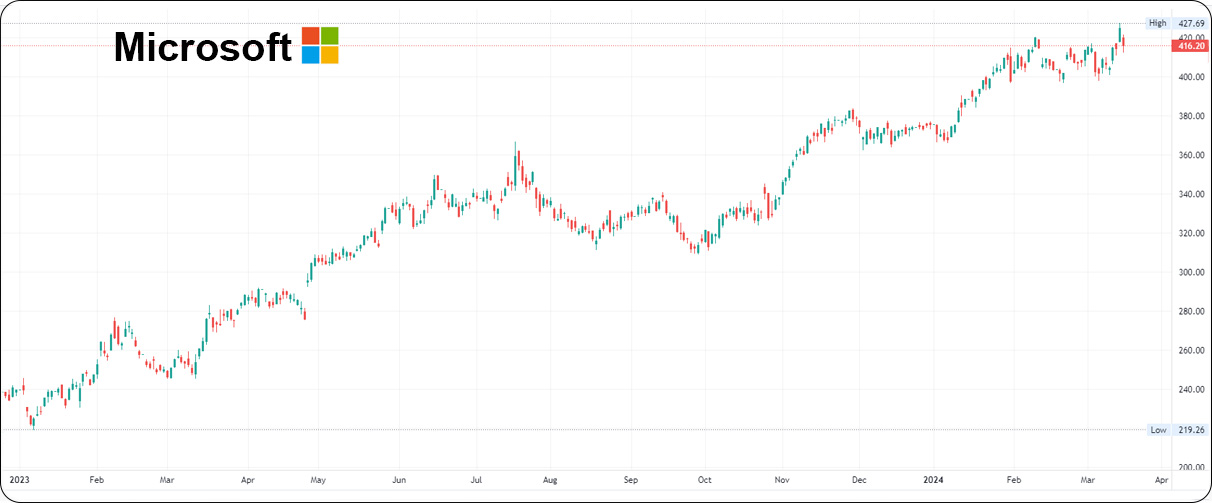
The Japanese Yen weakened to its worst level of 2024 against the U.S. dollar on Tuesday, climbing above the 150 level and approaching 151 by the end of the normal trading day in the U.S. The drop in the Yen occurred after the Bank of Japan delivered a historic rate hike overnight that ended the world’s last negative interest rate policy. The move also boosted Japanese bonds and equities overnight.
The Yen has lost more than 1% of its value against the U.S. dollar over the past 24 hours, reaching a low of 150.96 mid-afternoon in New York before pulling back slightly from the 151.00 level. Notably, Bank of Japan Governor Kazuo Ueda said that while it’s important to keep rates low to support the Japanese economy, it is possible that more rate hikes could be coming if inflation accelerates.
Markets were largely expecting this move away from negative interest rates, with 90% of central bank watchers calling for the central bank to end its negative interest rate policy. Adding to the likelihood of the rate hike was the recent larger than expected wage hike in Japan’s largest union during negotiations.
The drop in the Yen despite a rate hike was attributed to the fact that a rate hike was largely priced in already, combined with a dovish tone from the BoJ and the remaining large gap in rates between Japan and the U.S. The Yen was already slipping in the week leading up to the rate decision as traders are also seeing a decreased chance of rate cuts in the U.S.
The weaker Yen has also driven Japanese equities higher, with the Nikkei hitting its highest level ever, breaking a record that’s stood since 1989.






